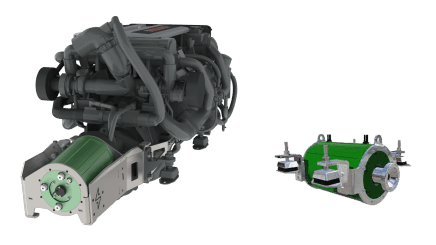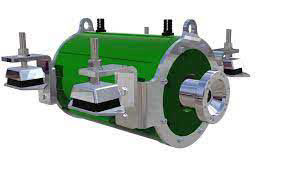Combi
E-Propulsion Systems and Nanni Diesel

Combi
E-Propulsion Systems and Nanni Diesel




Best of the hybrid systems
We did a full comparison of our Combination Parallel hybrid diesel/electric system against a pure diesel system, a standard hybrid, and a duel parallel hybrid.
Here is why this Combination system is best:
1) It is lighter by hundreds of pounds.
2) It requires less maintenance.
3) It is more fuel efficient.
4) It is a safer system.
5) It saves you a huge number of hours of listening and smelling a diesel engine.
6) And, when it comes to cost, though it loses to the diesel system in initial installation cost, it makes up that amount over time in fuel and maintenance savings.

The conclusion we reached from that data: The Combination Parallel wins in every category except initial cost.
So, hands down, this is the best system we have found based on all the numbers.
NOTE: If you are interested in all the details of our comparison of all the systems, we offer our information and calculations for our patrons to view. They may access this data in the Crew Only section of the website

AI Website Builder